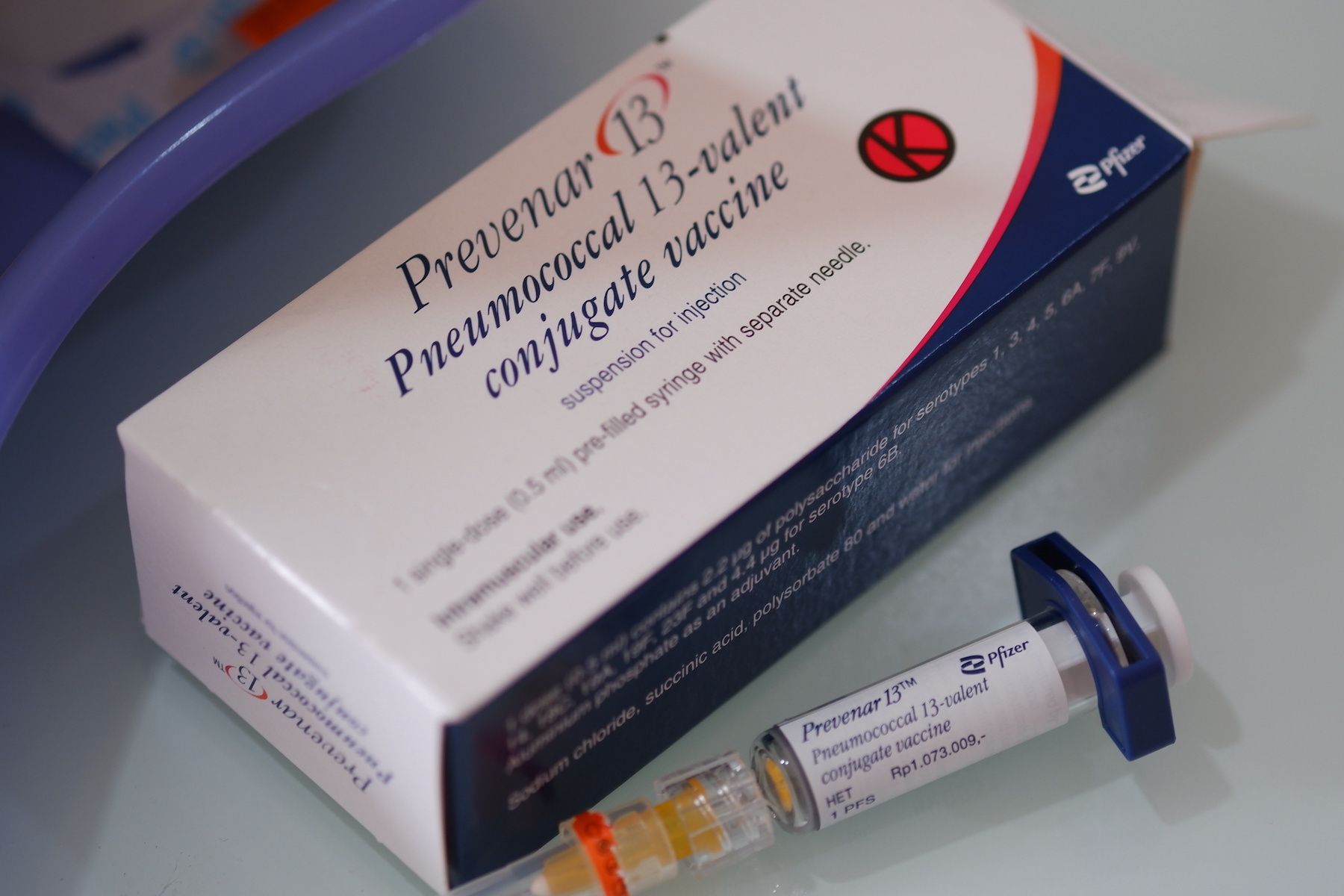Introduction
Shoulder conditions and disorders are commonly experienced musculoskeletal pain conditions and have a prevalence (20.9%) comparable to back (26.9%) and neck pain (20.6%).1 For example, in a 15-year population-based study in the…

Shoulder conditions and disorders are commonly experienced musculoskeletal pain conditions and have a prevalence (20.9%) comparable to back (26.9%) and neck pain (20.6%).1 For example, in a 15-year population-based study in the…

1Department of Undergraduate Medical Education, Northern Ontario School of Medicine (NOSM) University, Thunder Bay, Ontario, Canada; 2Chronic Pain Management Program, St. Joseph’s Care Group, Thunder Bay, ON, Canada; 3Interventional Pain Service,…

A Michigan man has died of rabies after receiving a kidney from another man who died of the disease when he was scratched by a skunk while defending a kitten, in what are officials are describing as an “exceptionally rare event”.
According to…

Since the COVID-19 pandemic, community pharmacists have played a key role in keeping immunization rates optimal for many respiratory diseases like influenza, respiratory syncytial virus, and more. However, pharmacists’ knowledge of…

Outbreaks of bird flu have been confirmed at two poultry farms in Lincolnshire.
The Department for Environment, Food and Rural Affairs (Defra) said the cases were at commercial breeders.
A protection zone of almost two miles (3km) and an eight-mile…

On April 4, 2024, the National Cancer Institute published cancer statistics for all regions of the world in 2022, and lung cancer is a malignant tumor with the highest incidence and the leading cause of cancer deaths in China and…

In a recent interview with Contemporary OB/GYN, Joyce Slingerland, MD, PhD, professor at Lombardi Comprehensive Cancer Center, described emerging evidence linking estrone to increased breast cancer risk and progression in postmenopausal women…

A newly discovered biological signal in the blood could help health care teams and researchers better understand how children respond to brain injuries at the cellular level, according to our research in the Journal of Neurotrauma.
In the…